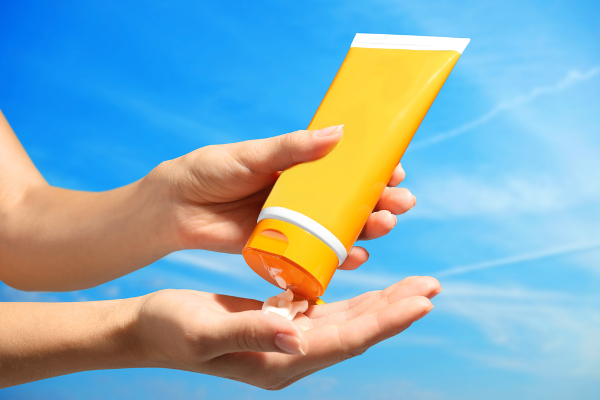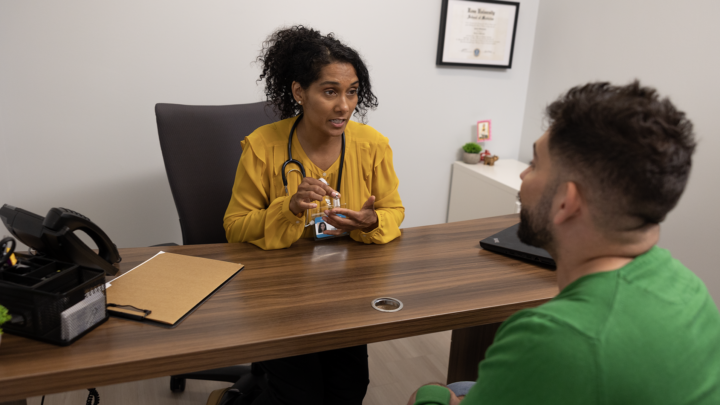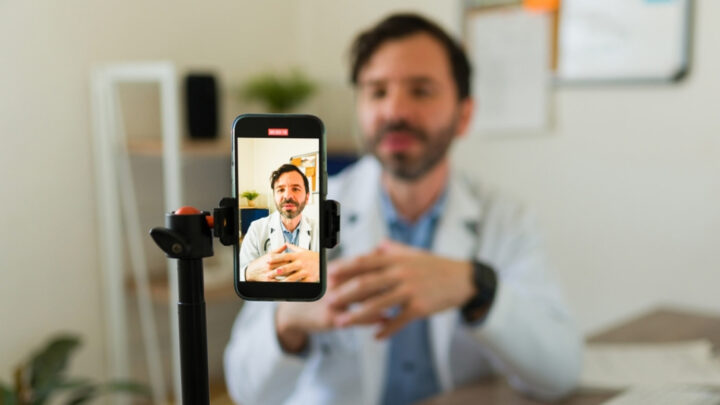
When it comes to sunscreens, what are your patients really worried about? Summer is here and parents are worried about sun protection. Or are they? Interestingly, there is a lot more talk in the media about the danger of not getting enough vitamin D as a result of sunscreen use instead of the importance of protecting against skin cancer. Your patients may also be worried about sunscreens actually causing cancer and how some ingredients are endocrine disrupters.
With all of these myths floating around, let’s chat about common myths and the true facts.
Myth #1: You Will Become Vitamin D Deficient if You Use Sunscreen
Although the American Academy of Dermatology contends that there is no amount of UV exposure that is safe enough to prevent skin cancer, we do know that the sun can certainly contribute to appropriate vitamin D levels. A prospective 20-year study of women conducted in Sweden that was published this year underscores the important potential health benefits of sun exposure. The investigators concluded that avoiding sun completely had negative health effects that are comparable to those of smoking. Some experts suggest that only 5 to 30 minutes of sun exposure twice a week between 10:00 AM and 3:00 PM would be enough for vitamin D synthesis.
An evidence review that looked at this question concluded that even though sunscreens can reduce the production of vitamin D under very controlled conditions, their regular use will not usually cause vitamin D deficiency. Also, most people don’t even apply enough sunscreen and certainly don’t reapply it frequently. In fact, in a study that was released last year in the Journal of the American Academy of Dermatology, only 15% of men and 30% of women used sunscreen as recommended. Almost half, 42% of men, never used sunscreen at all. Available data suggest that sunscreen use does not substantially affect vitamin D absorption.
Myth #2: Sunscreens Are Linked to Early Puberty, Cancer, and Other Diseases
Oxybenzone, a chemical-based ingredient found in sunscreen, has been specifically called out by several consumer media sites as being an endocrine disrupter. A study on rats that were given large amounts of oral oxybenzone raised concern about the estrogenic effects of this agent. However, several studies of this product, which was used topically as a sunscreen on humans, concluded that this is not the case, even with large topical doses.
Sunscreens are effective at preventing skin cancer and sun-related damage, and they are necessary. The American Academy of Dermatology provides online advice for consumers on how to purchase and use sunscreen. The Skin Cancer Foundation provides numerous downloadable patient education tools on all things sun-related, including sunscreen, clothing, and eye protection.
Remind patients and families that other measures in addition to sunscreen are just as important, such as covering yourself, not playing outside at certain times of the day, and reapplying sunscreen every 2 hours, especially if swimming. Wear those sunglasses, too.
Now that you know the facts, hopefully you are armed and ready to educate patients about what they really should do: Use sunscreen and protect themselves and their families.
Are you a dermatologist? Login or join Sermo to join this conversation with the author as well as other physicians from around the world.








